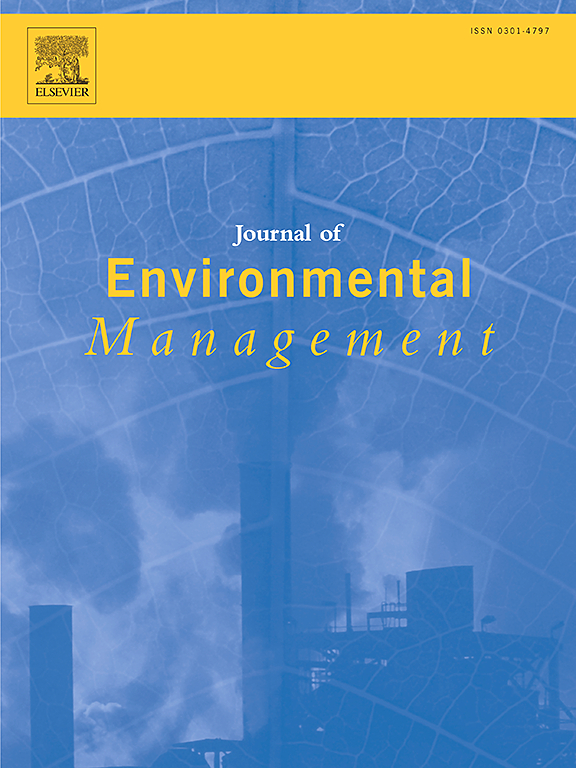Hydrogeomorphic conditions drive aquatic macroinvertebrate diversity between depression and slope wetlands in a mountainous region
IF 8.4
2区 环境科学与生态学
Q1 ENVIRONMENTAL SCIENCES
引用次数: 0
Abstract
Aquatic macroinvertebrates inhabiting freshwater wetlands make important contributions to biodiversity. However, environmental characteristics of wetlands is often varied in a specific region, especially in mountainous areas. We investigated 24 depression wetlands and 20 slope wetlands in the Great Xing'an Mountains in Northeast China and aimed to reveal the hydrogeomorphic settings in driving the wetland aquatic macroinvertebrate diversity and offer insights to environmental management. We found that depression wetlands supported higher taxonomic richness and more habitat specialists. Fifteen orders or infraclasses responded positively to depression wetlands, whereas eight orders responded positively to slope wetlands. The composition of aquatic macroinvertebrate assemblages differed significantly between the depression and slope wetlands. Additionally, the variation in species composition in the depression and slope wetlands are largely explained by habitat variables. For community assembly of aquatic macroinvertebrates, both wetland types were largely driven by stochastic processes, with a higher proportion observed in the slope wetlands. Whereas a significant distance-decay relationship and stronger dispersal limitation were detected in the depression wetlands. These findings enhance our understanding of diversity patterns and mechanisms driving aquatic macroinvertebrate community assembly in mountain wetlands. Our research also highlighted the critical need to attach importance to hydrogeomorphic settings and habitat variables in driving aquatic macroinvertebrate diversity for more effective wetland management and conservation.
水文地质条件推动了山区洼地和坡地湿地之间的水生大型无脊椎动物多样性。
栖息在淡水湿地中的水生大型无脊椎动物对生物多样性做出了重要贡献。然而,湿地的环境特征在特定区域往往各不相同,尤其是在山区。我们对中国东北大兴安岭地区的24块洼地湿地和20块坡地湿地进行了调查,旨在揭示水文地质环境对湿地水生大型无脊椎动物多样性的影响,并为环境管理提供启示。我们发现,洼地湿地支持更高的分类丰富度和更多的生境专类。有 15 个纲或亚纲对洼地湿地做出了积极反应,而有 8 个纲对斜坡湿地做出了积极反应。水生大型无脊椎动物群的组成在洼地和斜坡湿地之间存在显著差异。此外,洼地和坡地湿地物种组成的变化在很大程度上是由生境变量所解释的。在水生大型无脊椎动物的群落组合方面,两种湿地类型都主要由随机过程驱动,而在斜坡湿地观察到的比例更高。而在洼地湿地则发现了明显的距离衰减关系和更强的扩散限制。这些发现加深了我们对山区湿地水生大型无脊椎动物群落组成的多样性模式和驱动机制的理解。我们的研究还强调了重视水文地质环境和生境变量在驱动水生大型无脊椎动物多样性方面的重要作用,以便更有效地进行湿地管理和保护。
本文章由计算机程序翻译,如有差异,请以英文原文为准。
求助全文
约1分钟内获得全文
求助全文
来源期刊

Journal of Environmental Management
环境科学-环境科学
CiteScore
13.70
自引率
5.70%
发文量
2477
审稿时长
84 days
期刊介绍:
The Journal of Environmental Management is a journal for the publication of peer reviewed, original research for all aspects of management and the managed use of the environment, both natural and man-made.Critical review articles are also welcome; submission of these is strongly encouraged.
 求助内容:
求助内容: 应助结果提醒方式:
应助结果提醒方式:


